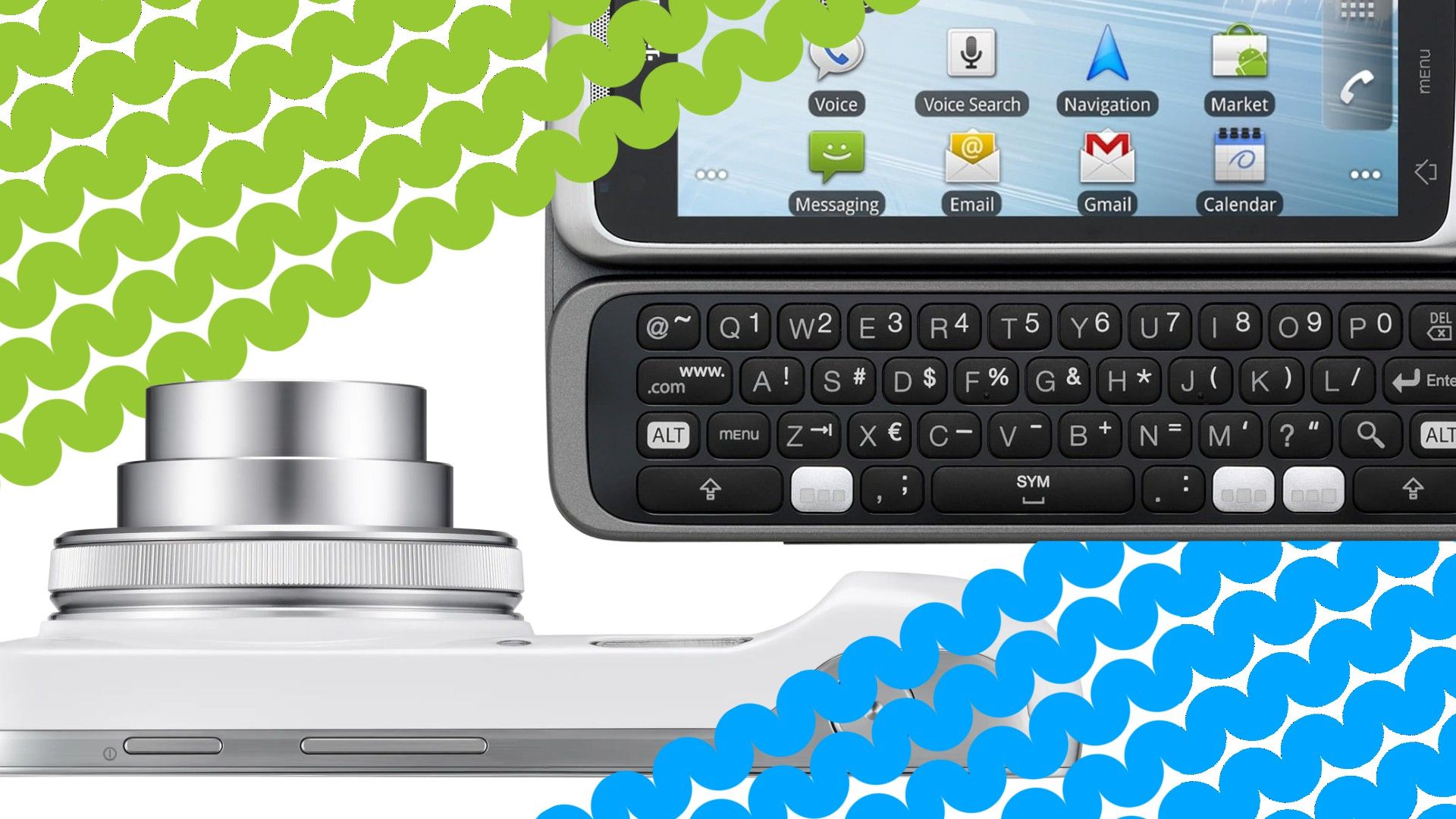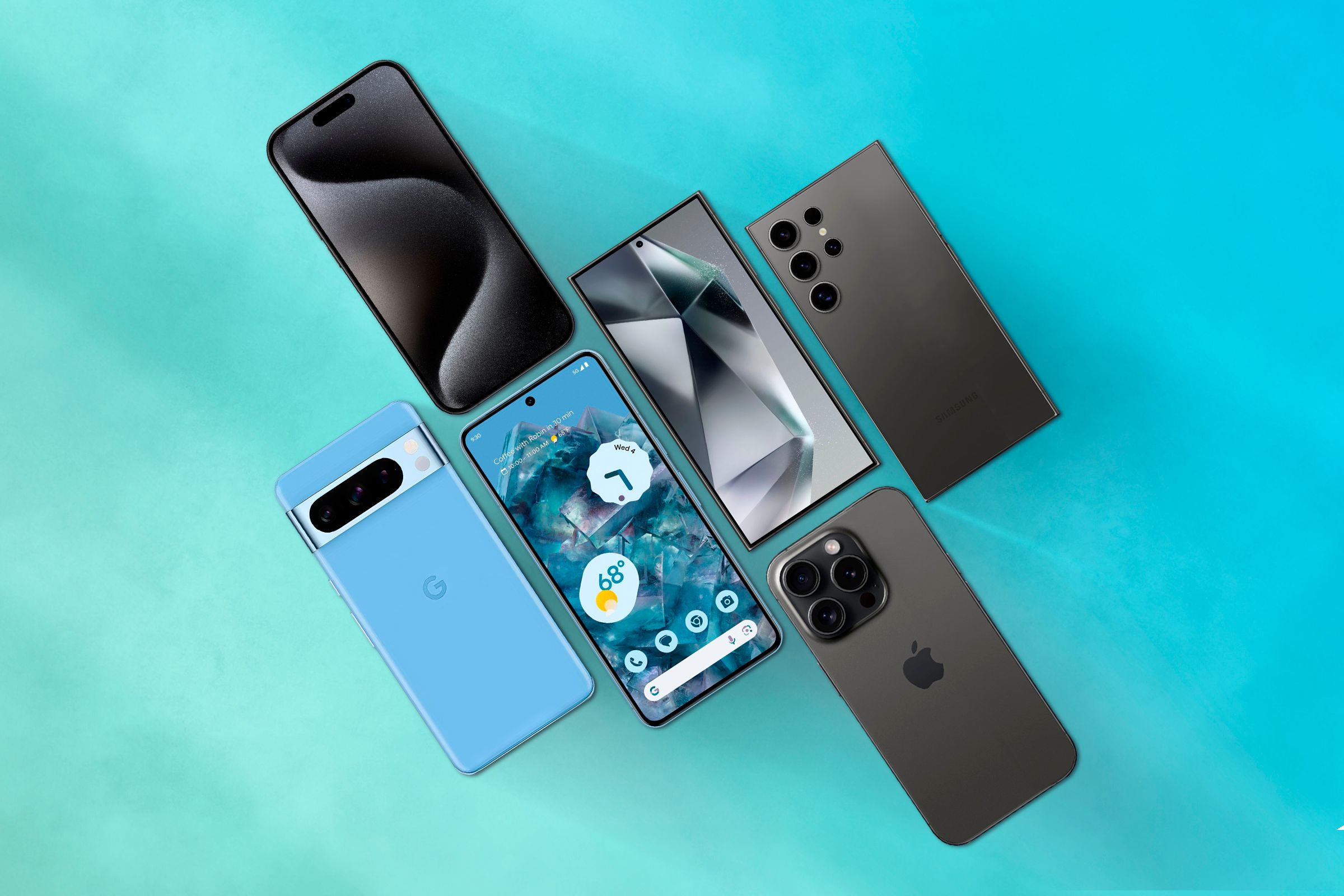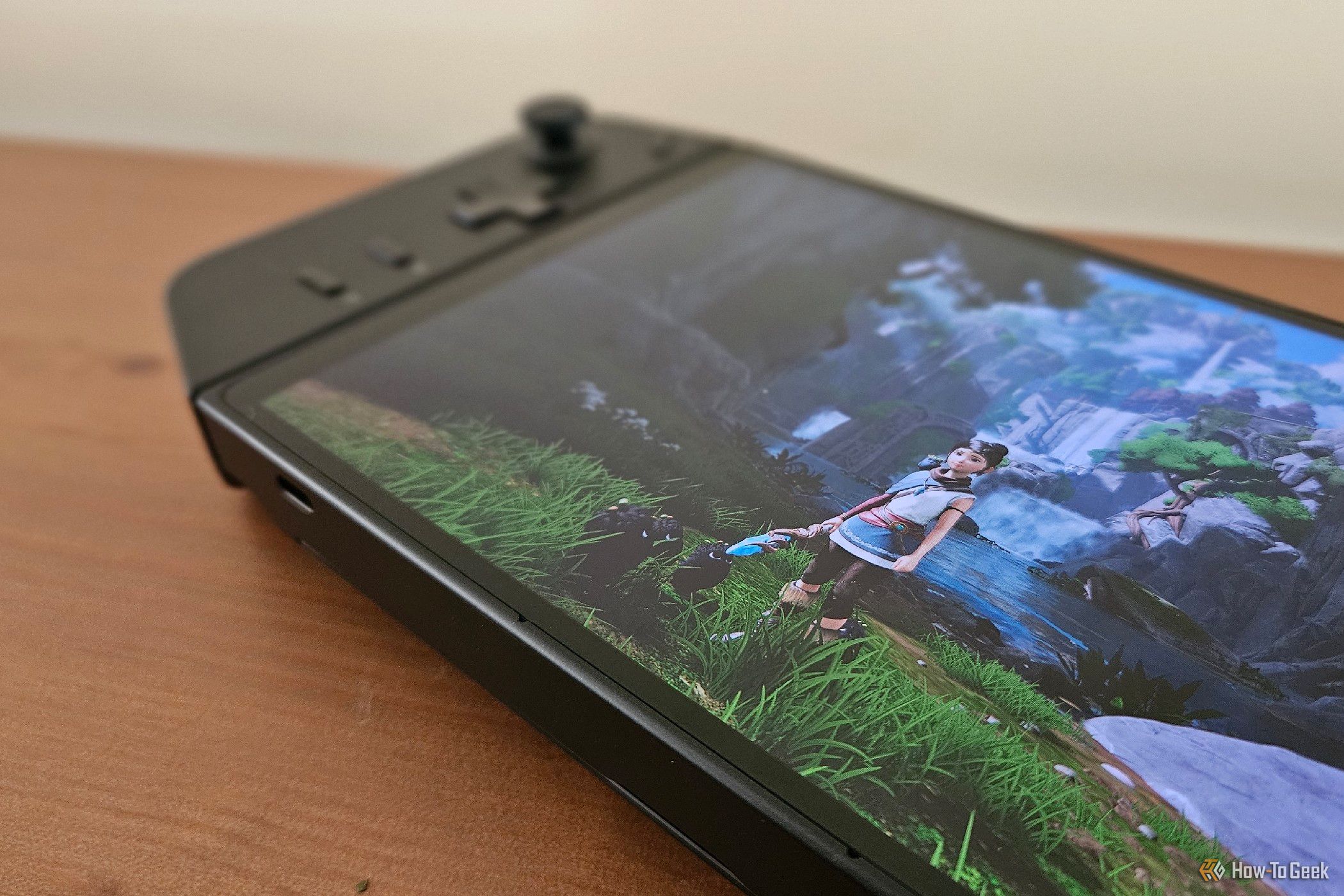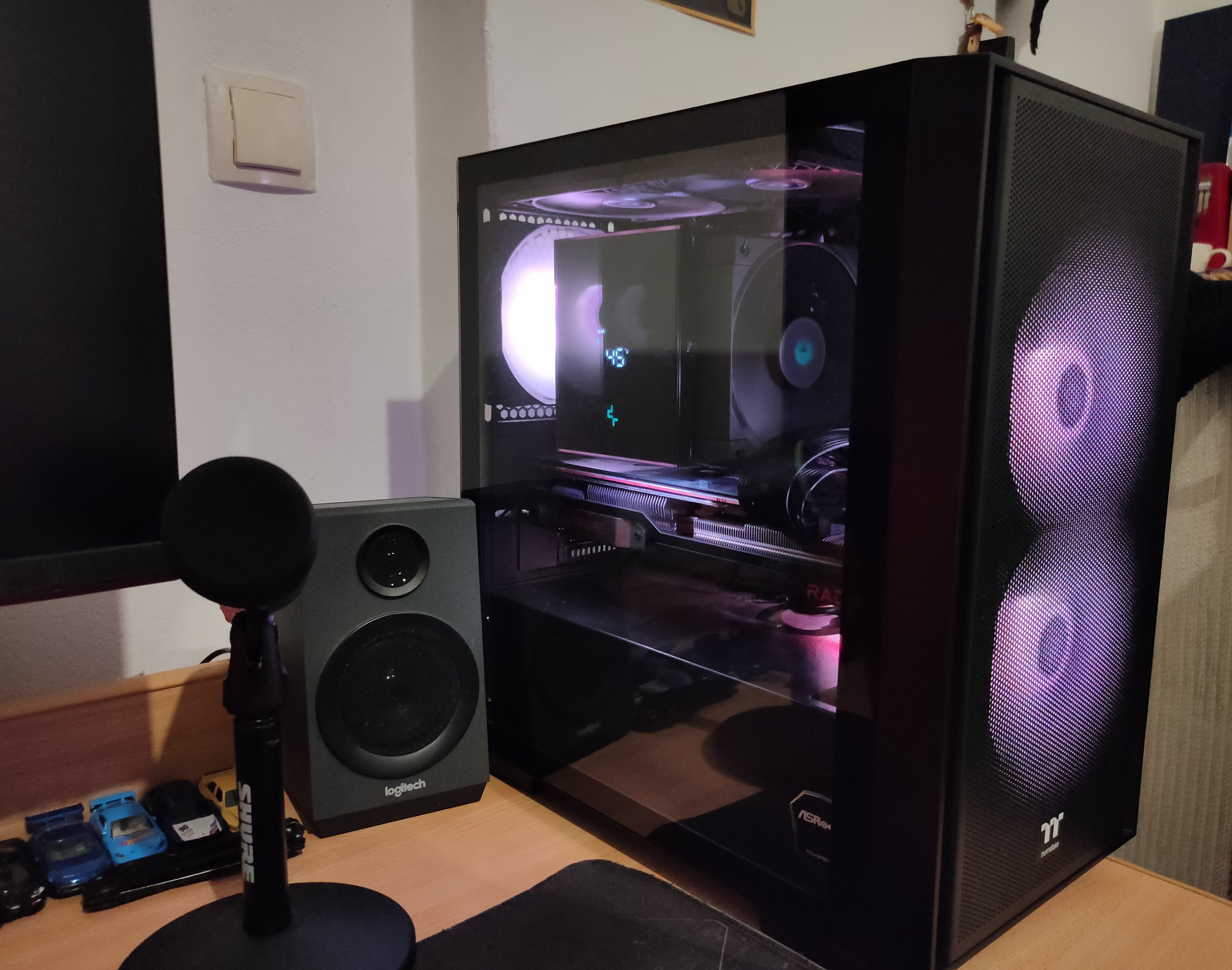Over the years, I’ve constantly bought new tech, yet my most-used device—my phone—has stayed the same for five years. Even though it’s long overdue for an upgrade, I still haven’t replaced it. The truth is, I never felt the need to.
I No Longer Feel the Need to Upgrade My Phone Frequently
Back in the 2010s, when smartphones were still an emerging device category, we saw a steady stream of major performance leaps and exciting new features. Enthusiasm was high, with many people upgrading their phones every year, sometimes even more often than that.
That’s for good reason—new smartphones constantly introduced innovative features, like fingerprint scanners, 50MP cameras, edge-to-edge displays with curved edges, and IR blasters.
I couldn’t wait to experience all those new features myself, which is why I upgraded every couple of years. Although I was still in school and had little money, upgrading my phone every two years was a top priority, so I’d save up when it was time for an upgrade.
However, as the years went by, smartphone advancements slowed down significantly, and so did my upgrades. Revolutionary technology and bold design slowly gave way to incremental improvements, like minor camera tweaks and slight performance boosts, leaving me with little reason to upgrade so frequently anymore.
That’s why my upgrade cycle went from two to three years, then from three to four with my current phone, the Realme X2 Pro.
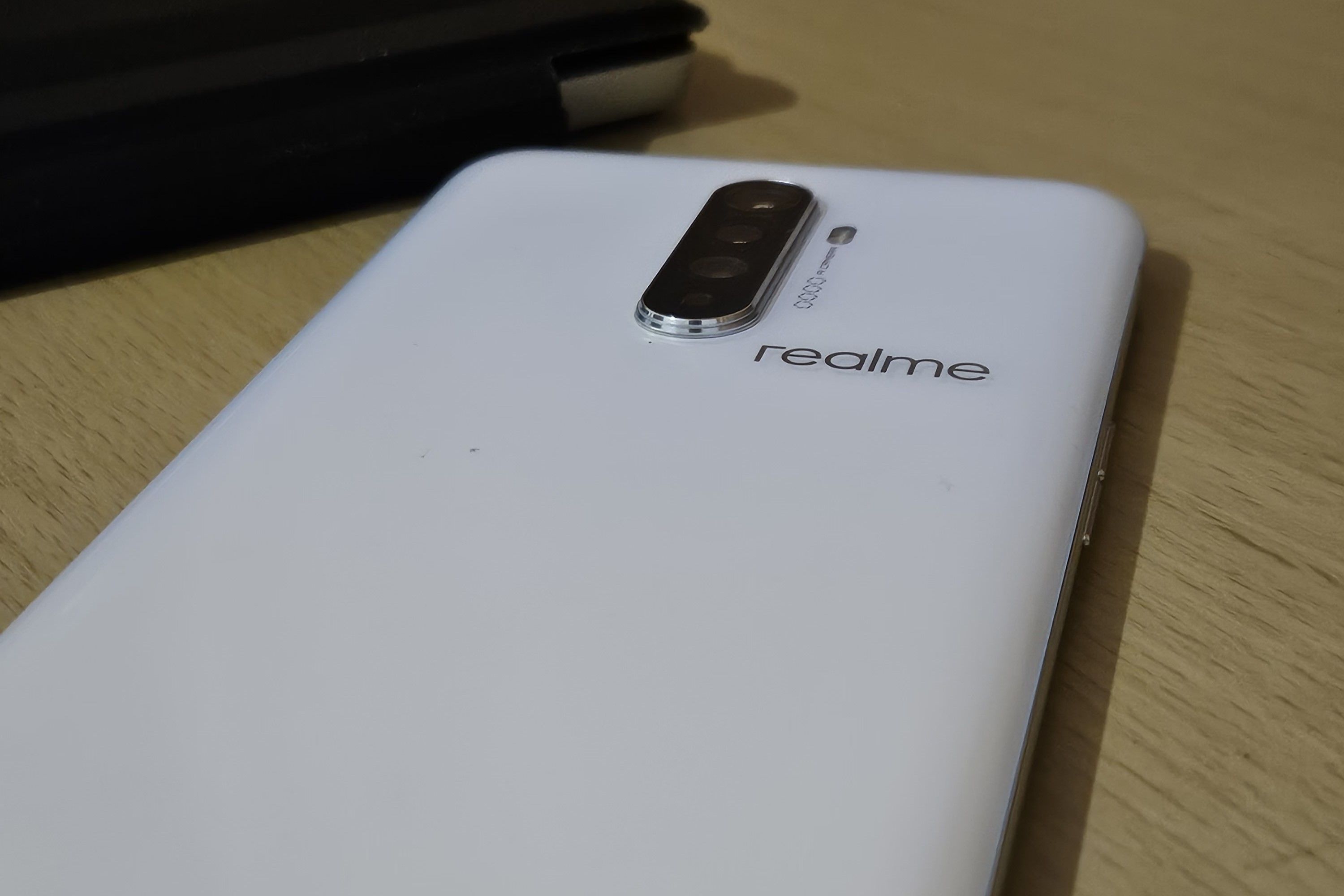
Related
Why I’m Entering 2024 With a Budget Phone From 2019
Nothing can make me buy a new phone. Except for maybe a cracked screen.
To give you a point of reference, my phone is roughly equivalent to the OnePlus 7T and the Samsung Galaxy S10. It’s hard to determine the real price of these phones, but looking at some eBay listings, they usually go for around $100 to $150. Although my phone is in good condition, I wouldn’t expect more than $100 for it.
Despite my phone essentially being near-worthless, it surprisingly still holds up to regular everyday tasks. Apps largely still work as expected, the battery still holds a charge that can last half a day, the screen doesn’t have major burn-in issues, and, most importantly, the phone is still fast enough for me not to care about upgrading.
Nothing that has been released between my phone’s release date (2019) and today has tempted me enough to upgrade. I was hopeful about stuff like generative AI tools like Galaxy AI and OnePlus AI, but generative AI on phones is still in its infancy and not all that useful compared to something like the ChatGPT app.
The only thing I’m excited about is the OnePlus 13 or some other Snapdragon 8 Elite phone, which I’m waiting for to come down in price before I upgrade.
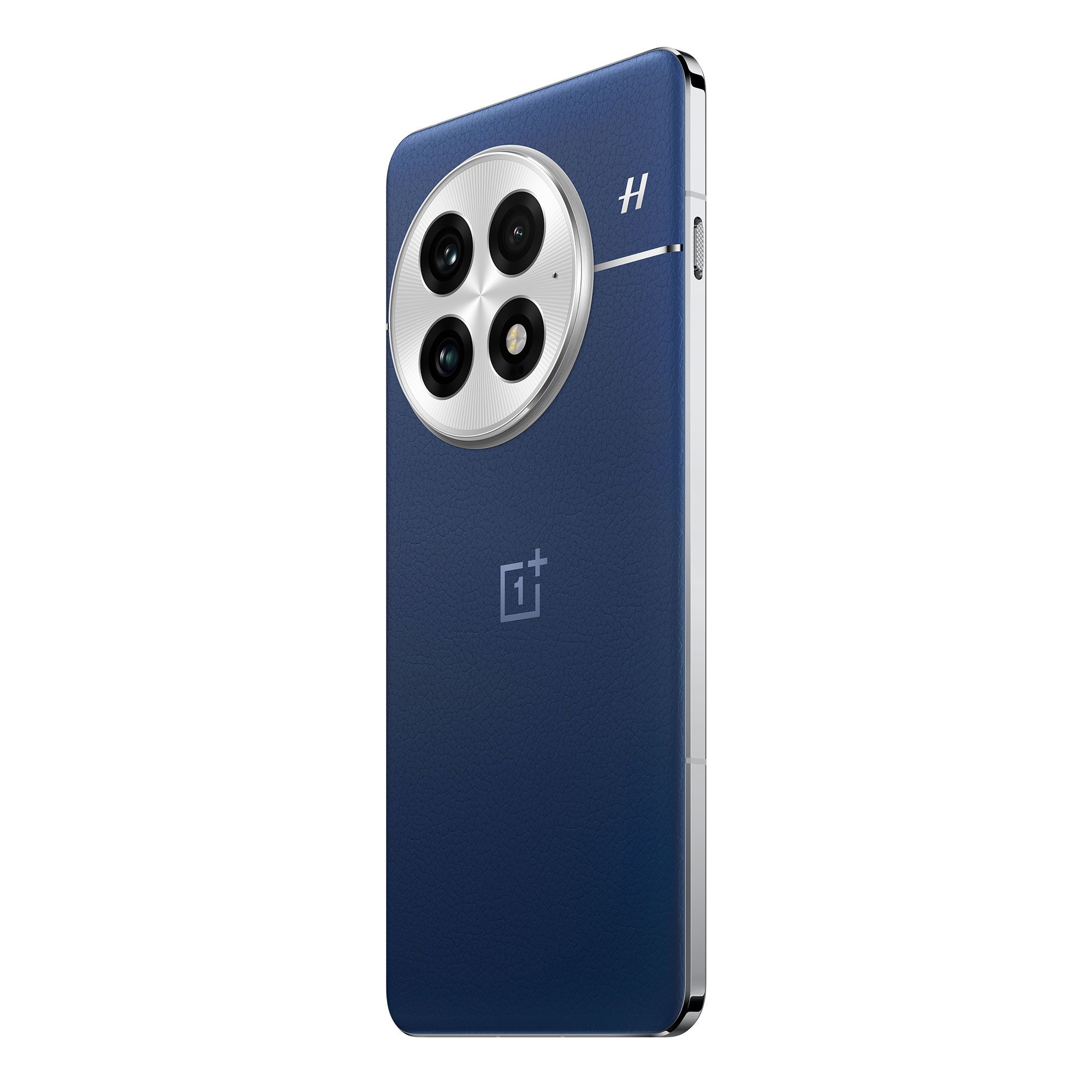
OnePlus 13
The OnePlus 13 is a high-performance smartphone boasting a Hasselblad camera system with a 50MP sensor, a lightweight and intuitive OxygenOS 15 operating system, and a sleek, durable design. It is powered by a Qualcomm Snapdragon 8 Elite processor.
Phones Depreciate Rather Quickly
When viewed from a purely financial perspective, phones are one of the worst investments you can make.
Most Android flagships lose 40–60% of their value in the first twelve months. The Samsung Galaxy S22 was particularly bad—according to SellCell’s data, it lost a staggering 66.7% of its value in its first year on the used phone market. That’s worse depreciation than most sports cars!
Now, I’m not saying that top-class smartphones aren’t worth the money and that you shouldn’t buy them; you absolutely should if you have the money, especially if you use your phone a lot. A newer phone will always come with a better camera, display, battery, and more processing power for your games.
However, for me, the price of depreciation is too much to bear, which is why I love buying used phones. A flagship that’s only a year old has already lost a fair bit of its value, but it’s still a capable modern device that’s receiving updates, making it a much better purchase value-wise.
Skipping Phone Upgrades Freed Up My Budget for Other Tech
By holding off on frequent phone upgrades, I have a lot more money to spend on other stuff—there’s a whole list of pieces of tech that are more expensive than my phone.
There’s the obvious stuff, like my gaming PC, OLED TV, and expensive 240Hz monitor, but there’s also some less obvious stuff, like my used laptop, keyboard collection, multiple pairs of headphones, and two computer mice.
All these pieces of tech can last as long or even longer than a smartphone. More importantly, because their underlying technology doesn’t advance as quickly, they tend to hold their value better on the used market if I ever decide to sell them.
Still, My Phone Remains My Most Used Device
Even though my phone now costs roughly the same as my Sennheiser HD 599 headphones, it rarely leaves my hands. It’s my most important device that’s always beside me.
Whether I’m mindlessly scrolling through Instagram or TikTok, chatting with family, answering emails, capturing important moments, or playing games, my phone handles it all. The camera might be mediocre, and apps take a fraction of a second longer to open compared to a newer model, but those are minor annoyances I barely notice. I can’t believe I’m saying this, but the days of phones becoming unbearably slow after just a few years seem to be over.
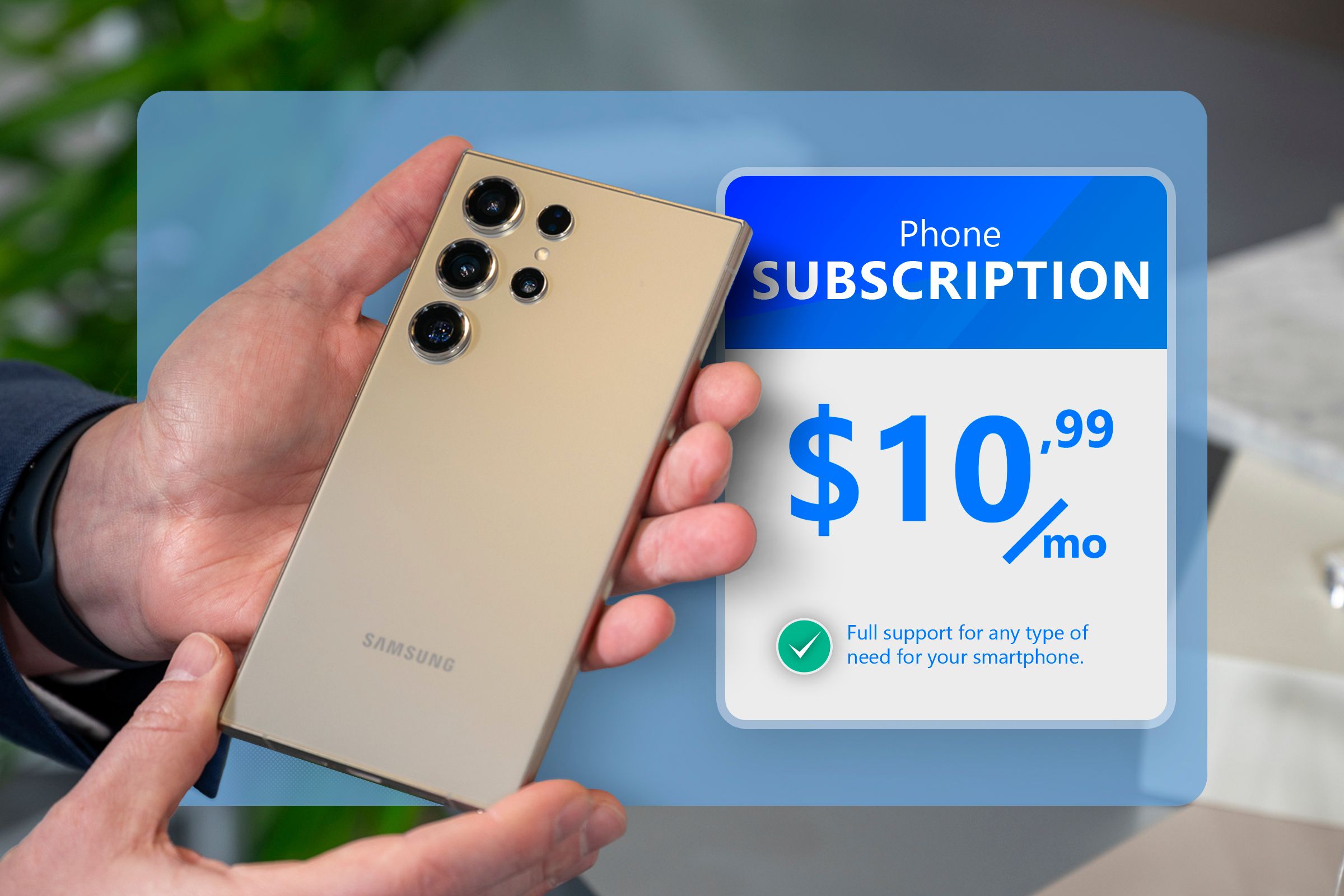
Related
A “Forever Mouse” Is Silly, But I’d Pay for a “Forever Phone”
A subscription actually worth paying for.
In fact, my phone is so important that I’d rather give up my computer or laptop, just like my colleague Bertel, who ditched the PC entirely and now relies solely on a phone.


